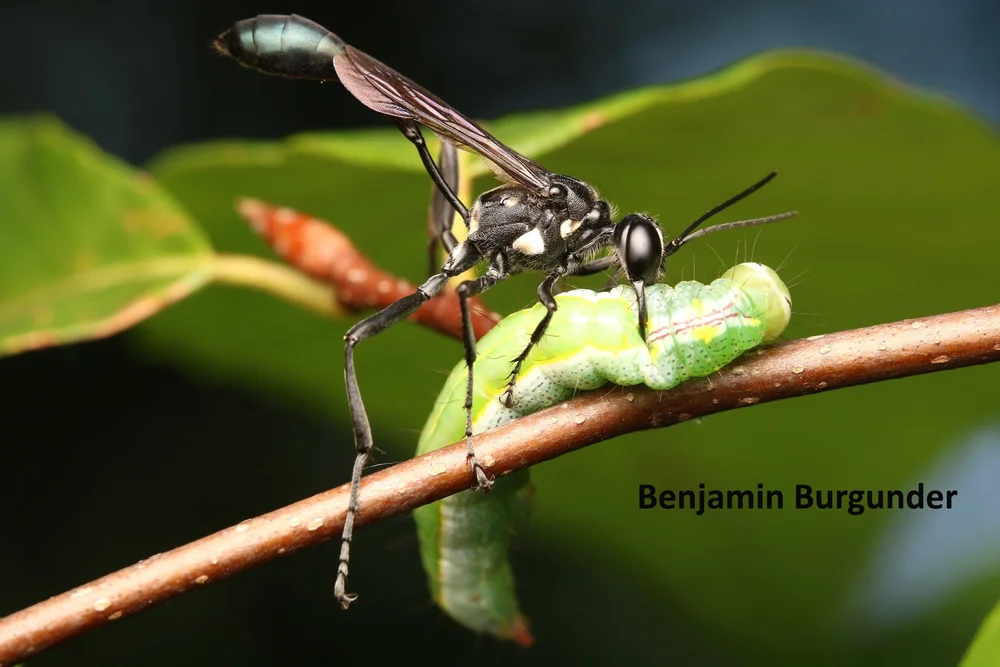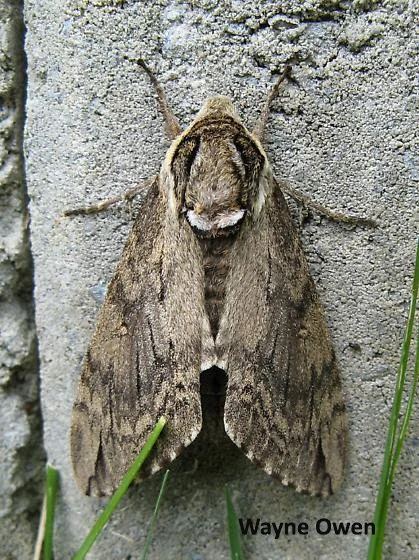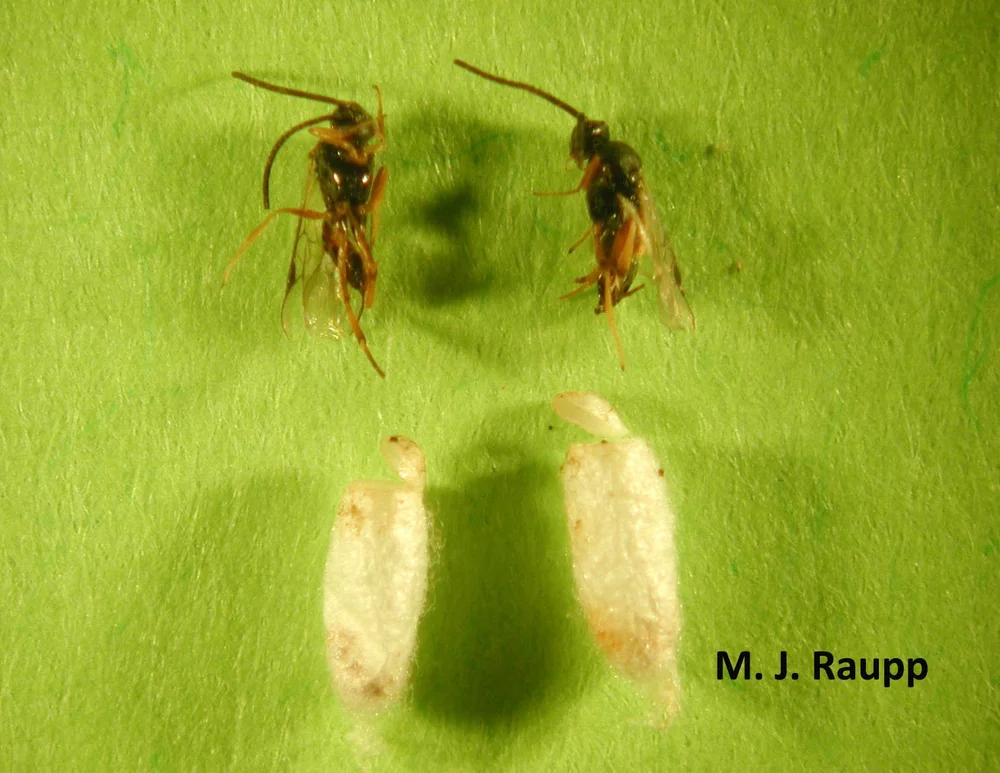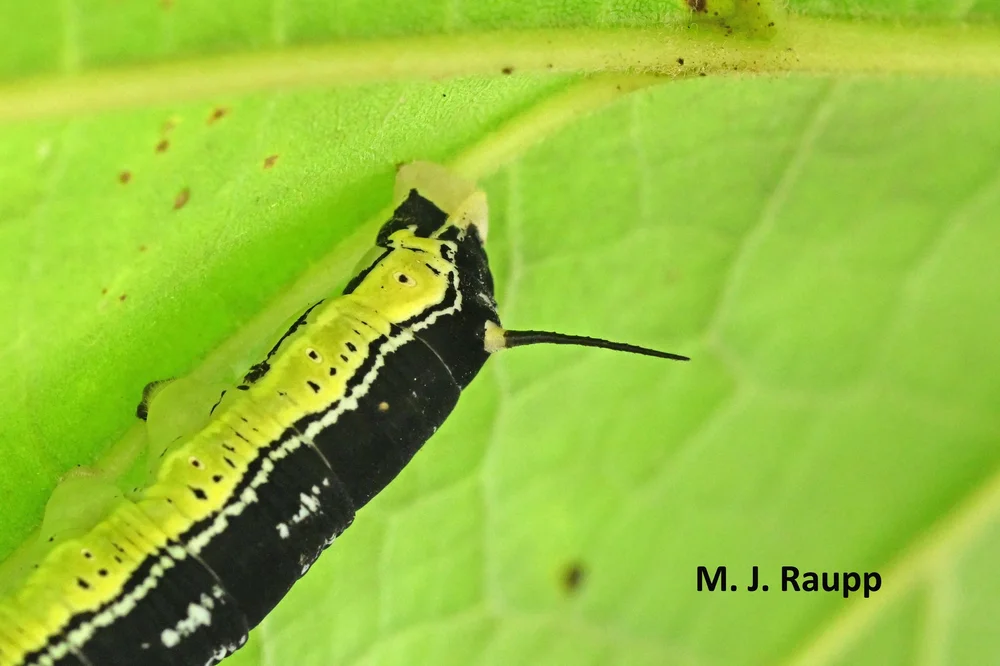Pest Control Companies & Exterminators in Rhode Island
Rhode Island may be the smallest state in the United States, but it is big on charm and offers a wonderful place to live and work. From its coastal towns to its vibrant cities, the state boasts more than 1.12 million happy residents.
Rhode Island’s mix of coastal towns, historic cities, and wooded neighborhoods creates ideal conditions for insects, rodents, and nuisance wildlife year-round. From Providence and Newport to Warwick and Pawtucket, homes and businesses face challenges from insects, rodents, and nuisance wildlife.
For more than three decades, Catseye Pest Control has protected New England properties with safe, eco-friendly treatments and long-term prevention strategies. Our licensed technicians understand the unique pest pressures of Rhode Island’s coastal climate and deliver customized solutions that keep properties pest-free throughout every season.
Why Choose Catseye Pest Control?
Since 1987, Catseye has provided award-winning service across the Northeast. We’re among a select group of companies recognized with the QualityPro Certification for Excellence in Pest Management, and we maintain an A+ rating from the Better Business Bureau, a reflection of our commitment to safety, professionalism, and customer satisfaction. We also offer eco-friendly pet- and child-safe pest control services and comprehensive protection plans for residential and commercial properties.
Pest Control Services Offered Across Rhode Island
Catseye built its business model on providing high-quality service to all clients, starting with customized treatment and prevention plans. From serving Newport’s Gilded Age and historic colonial homes to protecting the industrial properties in Prov Port, the company works hard to ensure you can count on its comprehensive pest control services in Rhode Island.
Residential Pest Control
Protecting Rhode Island homes is easier when you partner with the experts at Catseye. Our licensed Rhode Island technicians perform detailed inspections to locate entry points, identify species, and apply targeted, low-toxicity treatments tailored to each property. This allows technicians to identify where, how, and why pests are entering, and the species and types of pests that are creating problems.
Our technicians use that information to create a customized treatment plan that eliminates the current problem and prevents future infestations. Residential services include individual services, seasonal programs like our Organic Tick and Mosquito program, and year-round preventative options.
Commercial Pest Control
Pest control is a must to keep your Rhode Island business’ employees, customers, and reputation safe. Catseye’s commercial pest control services are designed to protect employees, customers, and property while ensuring full compliance with state health codes and safety regulations.
Wildlife Removal and Prevention
Rhode Island is not a stranger to nuisance wildlife. When common invaders such as squirrels, opossums, raccoons, skunks, and bats make their way onto residential or commercial properties, professional help is critical. These critters often seek shelter, food, and water inside human structures, leading to potential problems ranging from disease transmission to structural damage.
In Rhode Island, relocating wildlife independently is prohibited. Working with the knowledgeable professionals at Catseye ensures that animals are safely and humanely removed according to all regulations. Additionally, we work with residents and owners to help prevent them from returning.
Exclusive to Catseye, Cat-Guard Exclusion Systems, which are rigid, chemical-free barriers, provides targeted protection to safeguard homes and buildings. These systems keep birds, rodents, and other wildlife out permanently.
Year-Round Protection Plans
Year-round pest control programs are essential for creating ongoing peace of mind and freedom from pests. Available for both homes and businesses, the ongoing visits included in these programs consist of thorough inspections, preventative treatments, and removal and cleanup of identified pest activities.

Pest Challenges Unique to Rhode Island
Rhode Island’s mix of coastal weather, wooded suburbs, and dense urban neighborhoods makes it a hotspot for pest activity year-round. The state’s mild winters and humid summers create ideal breeding conditions for insects and rodents, while its historic homes and waterfront properties provide countless entry points for unwanted pests.
Seasonal Pests in Rhode Island
While some pests, like rodents and cockroaches, remain active all year, others surge during specific seasons. Understanding these patterns helps residents take preventative action before infestations begin. Some of the biggest seasonal threats include:
- Ticks: Activity has been rising in recent years, with tick season often peaking in the warmer months of May through July. Ticks can emerge whenever temperatures rise above 40 degrees Fahrenheit.
- Mosquitoes: These warm-weather nuisances can cause more than just itchy welts. Mosquitoes can transmit various diseases, including Eastern Equine Encephalitis, West Nile Virus, and the Zika virus. Rhode Island Department of Health cautions that mosquitoes are sometimes active through October.
- Rodents: Many homeowners and businesses report seeing rodents once the weather cools down, and mice and rats begin looking for shelter for the winter. Rodents can transmit many illnesses, including Hantavirus.
- Ants: These scavengers often make their way indoors in search of food, potentially carrying illness-causing pathogens with them. Ant activity typically decreases during winter, but it can remain high through fall as these insects look for shelter.
- Termites: Subterranean termites, which can cause massive structural damage when infestations go unnoticed, are active across Rhode Island. Peak swarming season, when residents are most likely to spot termites, occurs during the day from March through May.
Regional Concerns
Rhode Island’s woodlands, shrublands, and relatively warm waters make it a favorite for many migratory birds, reptiles, amphibians, and mammals. Some of the most common nuisance wildlife include raccoons, opossums, squirrels, bats, Canada geese, coyotes, and foxes. Moisture-loving pests like termites, silverfish, and cockroaches are also a concern in Rhode Island and throughout much of New England.
State-by-State Pest Control Expertise
Every state, city, and town — as well as every property — has unique conditions, making it essential to partner with pest control experts with local expertise. The Catseye team offers just that, with service locations throughout New England and experience working within each locale.
- Rhode Island: Thanks to its coastal climate, moisture-related pests like termites, mosquitoes, carpenter ants, and cockroaches are among the most common pest problems in Rhode Island.
- Massachusetts: Urban areas like Boston are prone to rodents and cockroaches. Additionally, suburban and rural areas are experiencing an uptick in tick activity and often have to deal with ants, spiders, stinging insects, and nuisance wildlife.
- New Hampshire: With more than 4.7 million acres of forest land, New Hampshire has to address nuisance wildlife as one of its most common pest problems. Insects like ticks, mosquitoes, stinkbugs, and Asian ladybugs are also problematic.
- Connecticut: With temperatures in Connecticut warming over the past decade, heavier rains and earlier springs have led to pests like ticks and mosquitoes emerging sooner. Other common pests include bed bugs, ants, spiders, and termites.
Pest Control in Rhode Island
Whether homes and businesses are on the coast or in the city, Catseye understands the types of pests Rhode Island owners may face. Additionally, we partner with you to provide tips and tricks to keep pests gone for good.
Comprehensive Services: We provide residential and commercial programs to eliminate insects, rodents, and nuisance wildlife.
Eco-Friendly, Low Toxicity Solutions: Catseye uses an Integrated Pest Management (IPM) approach, with an emphasis on prevention and safe treatment options for your Rhode Island home or commercial property.
Excellent Customer Service: Friendly, knowledgeable technicians provide a free, thorough inspection and customized treatment plans in the field.
Why Work with a Professional Exterminator
A 2022 study from Zevo and OnePoll revealed that 66% of Americans would do “nearly anything” to eliminate pests. It’s common to reach for a trap or off-the-shelf bug spray to try to tackle pest problems on your own — and the same survey revealed that homeowners spent an average of $177 on homemade concoctions — with only 54% reporting some degree of success. Do-it-yourself methods may seem convenient, but they rarely address and handle the root of the issue.
Benefits of Choosing Licensed Experts
Working with a licensed exterminator means your pest problem is handled safely, effectively, and permanently. Certified technicians are trained to identify the source of an infestation, apply professional-grade treatments correctly, and prevent pests from coming back. They also understand the biology and behavior of each species, allowing for precise, targeted solutions that store-bought products can’t achieve.
Beyond better results, licensed experts protect your home, family, and pets from unnecessary chemical exposure or recurring infestations. With Catseye, every service follows strict safety standards and includes long-term prevention strategies, giving you lasting peace of mind.
Contact the Premier Pest Control Company in RI
With more than three decades of experience, Catseye’s licensed technicians have the expertise necessary to eliminate your pest problems. We offer safe and effective treatment options that are gentle on people and pets but tough on pests. Our award-winning team also has an A+ Better Business Bureau rating, which reflects our commitment to our clients. You always come first, as proven by our service guarantee, flexible scheduling, and client reviews.
For advanced pest and wildlife control, contact us today to schedule a free inspection.
Frequently Asked Questions
Why do Rhode Island homeowners and businesses choose Catseye as their top pest control company?
Catseye has been providing expert pest control services since 1987. We offer extensive local expertise, treatment options that are safe for the environment, and an emphasis on preventing pests for long-term peace of mind.
Catseye is also the exclusive provider of Cat-Guard, a permanent exclusion system that has been perfected for over 20 years. Unlike short-term patchwork or temporary sealants, Cat-Guard is designed for long-lasting protection, requires no chemicals, and is installed exclusively by Catseye’s trained experts.
Does Catseye provide pest control services for both homes and commercial properties?
Yes, Catseye’s comprehensive menu of services includes options for residential and commercial properties. We provide insect, rodent, and wildlife control and prevention, as well as disinfection, exclusion, and minor repairs.
Are Catseye’s pest control treatments in Rhode Island safe for kids, pets, and the environment?
Yes. We carefully choose our products to target the pests creating problems. While our treatments are environmentally friendly and safe for people and pets, your technician or dedicated service rep can address any concerns you may have.
If I need pest control in Rhode Island, how fast can a technician be at my property?
When possible, we offer same-day or next-day scheduling. Our team understands the urgency that an infestation causes, and we will schedule your appointment as soon as possible. Contact us at 888-505-5473 to receive the fastest possible service.
What do Catseye’s year-round pest control programs include for customers?
We provide year-round programs for our commercial clients and homeowners. These programs include regular inspections, pest removal, cleanup, sealing cracks and gaps, and preventative treatments. You also get detailed communication and reporting.
The post Pest Control Companies & Exterminators in Rhode Island appeared first on Catseye Pest Control.
This article appeared first on Catseye Pest



















